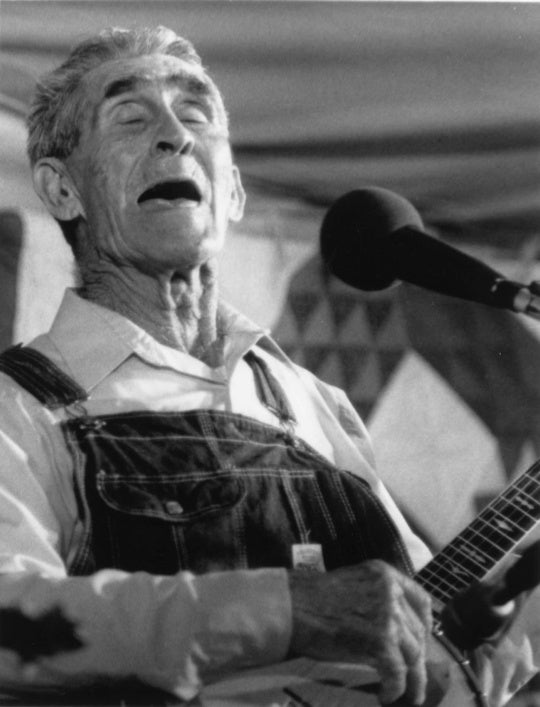
Animals are the playthings of human needs and fantasies. We use them as canvases for our own traits, and paint their characteristics onto ourselves. As Constance Thalken reminds us, this is true not only in life but also in death. The Atlanta artist’s meticulously staged photographs present glimpses of the taxidermic processes by which dead animals are transformed into objects of decoration, study, affection, and veneration.
Though depictive art arguably originates with the representation of animals, few mainstream artworks use animal bodies as materials unto themselves. Taxidermy has mainly been viewed as a form of folk craftsmanship linked to trophy hunting and the collections of natural history museums. It is known for kitsch objects like the jackalope, Victorian taxidermist Walter Potter’s sentimentally anthropomorphized critters, or the cringe-worthy specimens collected at Crappy Taxidermy. While some artists use animals as sculptural materials, ranging from Rauschenberg’s goat or Damien Hirst’s sheep through Sarina Brewer and Robert Marbury’s “Rogue Taxidermy” movement, or the grotesque works of the Dutch collective Idiots, these examples remain marginal.

Thalken’s images focus on the more grounded forms of taxidermy, which aim for fidelity to a naturalistic appearance and pose that hints at the pulse of life. The process is as much part of her subject matter as its finished products. Some of her most unsettling photographs capture the intermediate stages in which a dead creature is disassembled and transformed into raw matter before being reconstituted as a lifelike artifact. In Eyes Open Slowly #14, a softly folded, fatty, yellowish-white field fills the frame like a landscape dotted with tiny feathers, while in #11 the debris-laden heaps on the salt-covered floor provide a gritty, inorganic visual counterpoint. Taxidermy is as much chemistry as it is sculpture. The violent separation of these bodies into skins, horns, and other scarcely identifiable parts is cleverly mirrored in compositions such as Eyes Open Slowly #10, a tightly cropped view of the back of an animal’s leg that renders it nothing more than a broad, abstract wave of brown strokes that dissolve into whiteness as they descend.

Two of the strongest images in the show are most closely allied with portraiture. An elegant black fox (#13) is seemingly caught mid-step in three-quarter profile, directly in front of a stack of empty gold picture frames. The illusion of life is powerful, until you see its cotton-stuffed nostrils and the array of glittering silver pins piercing the corners of its mouth and eyes. Even though wincing is pointless, it can be hard to suppress the urge to do so, and this tension gives the work its power. The most poignant photograph in the exhibition is also the funniest: Eyes Open Slowly #9 shows the severed head of a kudu antelope mounted on a stand, a tag attached to one of its spiral horns and measuring tape hung over its neck like a tailor’s. It’s tempting to interpret the animal’s expression at its plight as stately, dignified, amused, or exasperated, but all of these would miss the point, which is that all these are, in the end, only projections, part of the self-indulgent game we play when we weave animals into the fabric of human life and thought.
Animals, of course, are not passive—they stare back, and this can produce a peculiar sense of vulnerability. So Derrida, who was apparently unnerved at being spied naked by his cat, wrote: “As with every bottomless gaze, as with the eyes of the other, the gaze called animal offers to my sight the abyssal limit of the human.” The brown glass or acrylic eye that peers out from Eyes Open Slowly #12, though, offers no such limit: it is warm and lively, a pure reflection of what humans wish to see staring back at them. Similarly, two bears that are frozen in a gesture of affection (#8) are unconvincing as bears precisely because they are straining to give us back just the kind of emotional tableau we want. Here is where the facade of naturalism cracks, revealing an anthropocentric mirror that flattens out an animal’s own distinctive way of being.

These works are sincerely respectful, both of their animal subjects and of the taxidermic arts that are practiced upon them. The overall mood is quiet and meditative, at times too much so, particularly since it can make these wild creatures feel a bit spiritless. But Thalken’s images can be sharp, anxiety-provoking, and funny, and they hit hardest when they tug at the loose ends of our own “natural” reactions, showing us their artificiality by making the illusion unravel in our hands. The taxidermist’s practice of taking apart and reassembling animals is a hard-won craft. Much more challenging is taking apart our confused desires to own, identify with, and stand apart from animals, and it’s here that Thalken’s work probes most deeply.
“Eyes Open Slowly” is on view at Whitespace through June 20, 2015. Constance Thalken will be giving a talk at the gallery on Saturday, June 13, at 2pm.
Dan Weiskopf is an associate professor of philosophy and an associate faculty member in the Neuroscience Institute at Georgia State University. He is the author, with Fred Adams, of An Introduction to the Philosophy of Psychology (Cambridge University Press).




